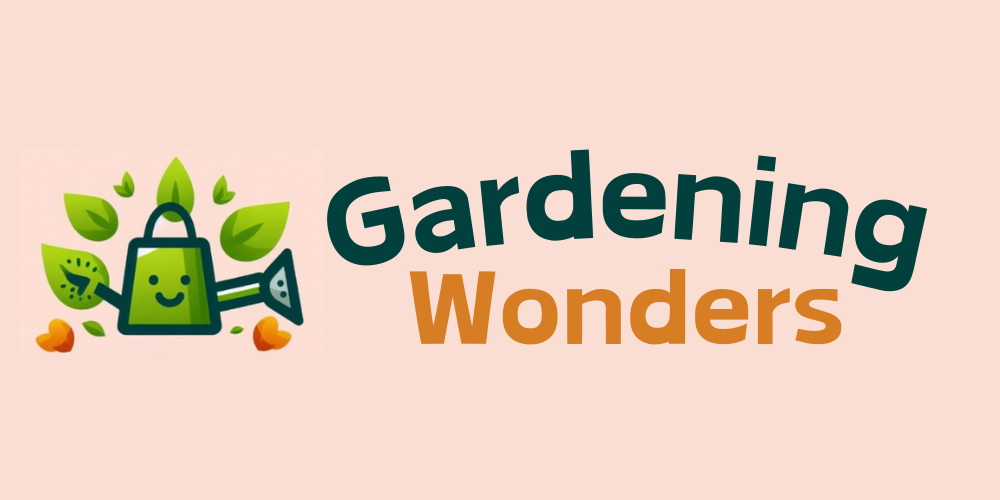good garden hygiene
Home gardening is a wonderful way to connect with nature and cultivate your own food, but it can also present challenges in the form of pests and insects.
From aphids to snails, there are a wide variety of pests that can damage your plants and disrupt your gardening efforts.
However, with the right approach and some basic knowledge, it is possible to control and prevent pest problems in your home garden.
The first step in preventing pest problems is to practice good garden hygiene.
This means keeping your garden clean and free of debris, as pests are attracted to places where they can hide and feed.
Clear away fallen leaves and dead plant material, and avoid over-watering your garden, as this can create damp conditions that are ideal for pests.
Additionally, make sure to rotate your crops each year, as planting the same crops in the same location year after year can create an ideal environment for pests and disease.
identifying and monitoring the pests
Another important aspect of pest control in home gardening is identifying and monitoring the pests that are present in your garden.
This will allow you to take appropriate measures to control and prevent them from causing damage.
Common garden pests include aphids, whiteflies, spider mites, and slugs.
It is important to be aware of the signs of pest damage, such as stunted growth, yellowing leaves, and chewed leaves, and to take action promptly to prevent the pests from spreading.
There are several options for controlling and preventing pest problems in home gardening.
One of the most effective approaches is to use natural and organic methods, such as companion planting, crop rotation, and the use of beneficial insects.
Companion planting involves growing plants that are known to repel pests, such as marigolds and garlic, alongside your main crops. Crop rotation involves alternating your crops each year to prevent the build-up of pests and disease in the soil.
introducing beneficial insects, such as ladybugs and lacewings, can help to control pest populations naturally.
In some cases, it may be necessary to use chemical pesticides to control pest problems.
it is important to use these products responsibly and in accordance with the manufacturer’s instructions.
Always wear protective clothing and avoid applying pesticides on windy days or when rain is forecast. It is also important to choose pesticides that are specific to the type of pest you are dealing with and to avoid using broad-spectrum pesticides, which can harm beneficial insects and other wildlife.
Prevention is always the best approach to pest control in home gardening.
By practicing good garden hygiene, monitoring pest populations, and using natural and organic methods, you can prevent pest problems from occurring and keep your garden healthy and productive.
if you do encounter pest problems, don’t panic.
With some careful observation and the right approach, you can control and prevent pests from causing significant damage to your home garden.
